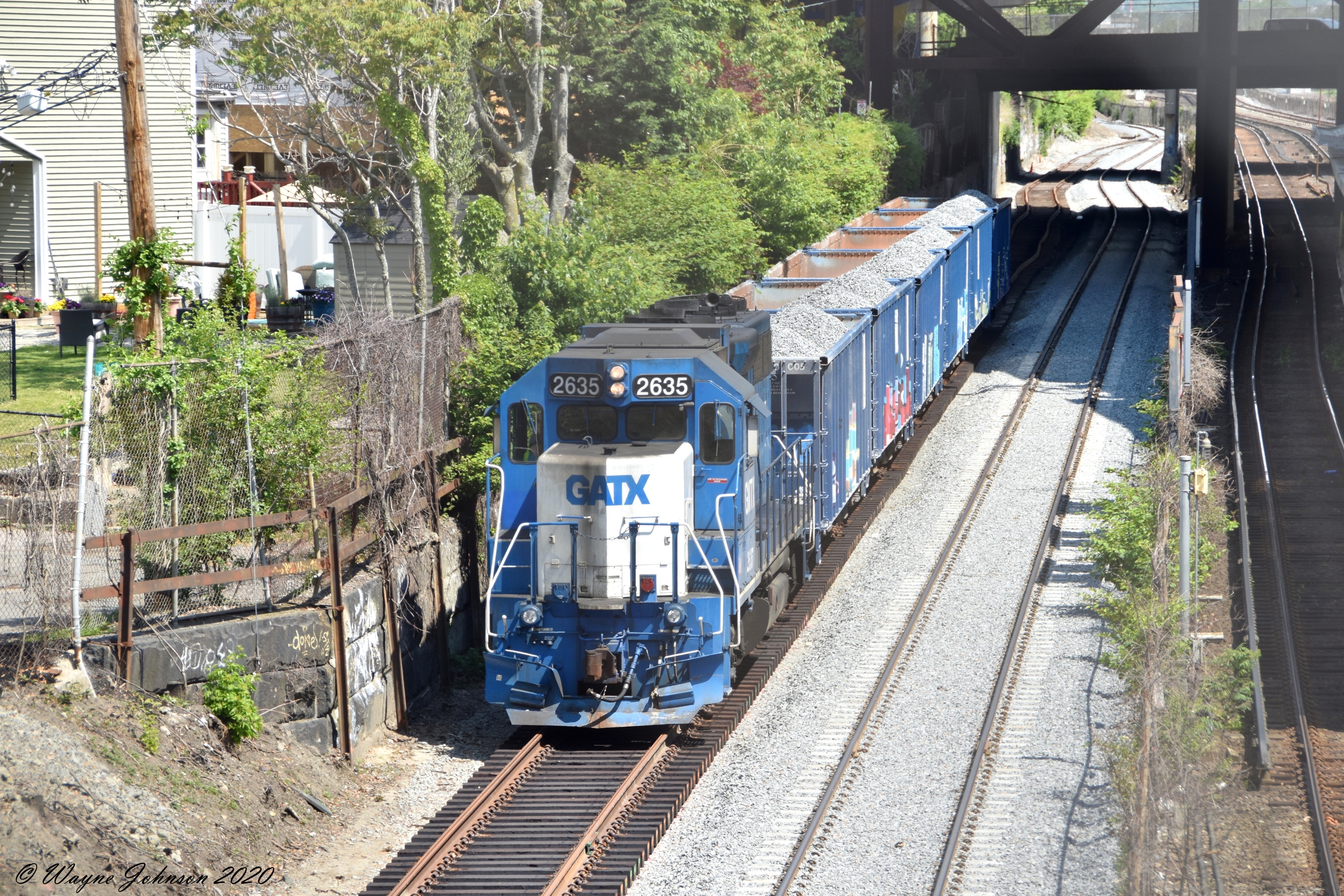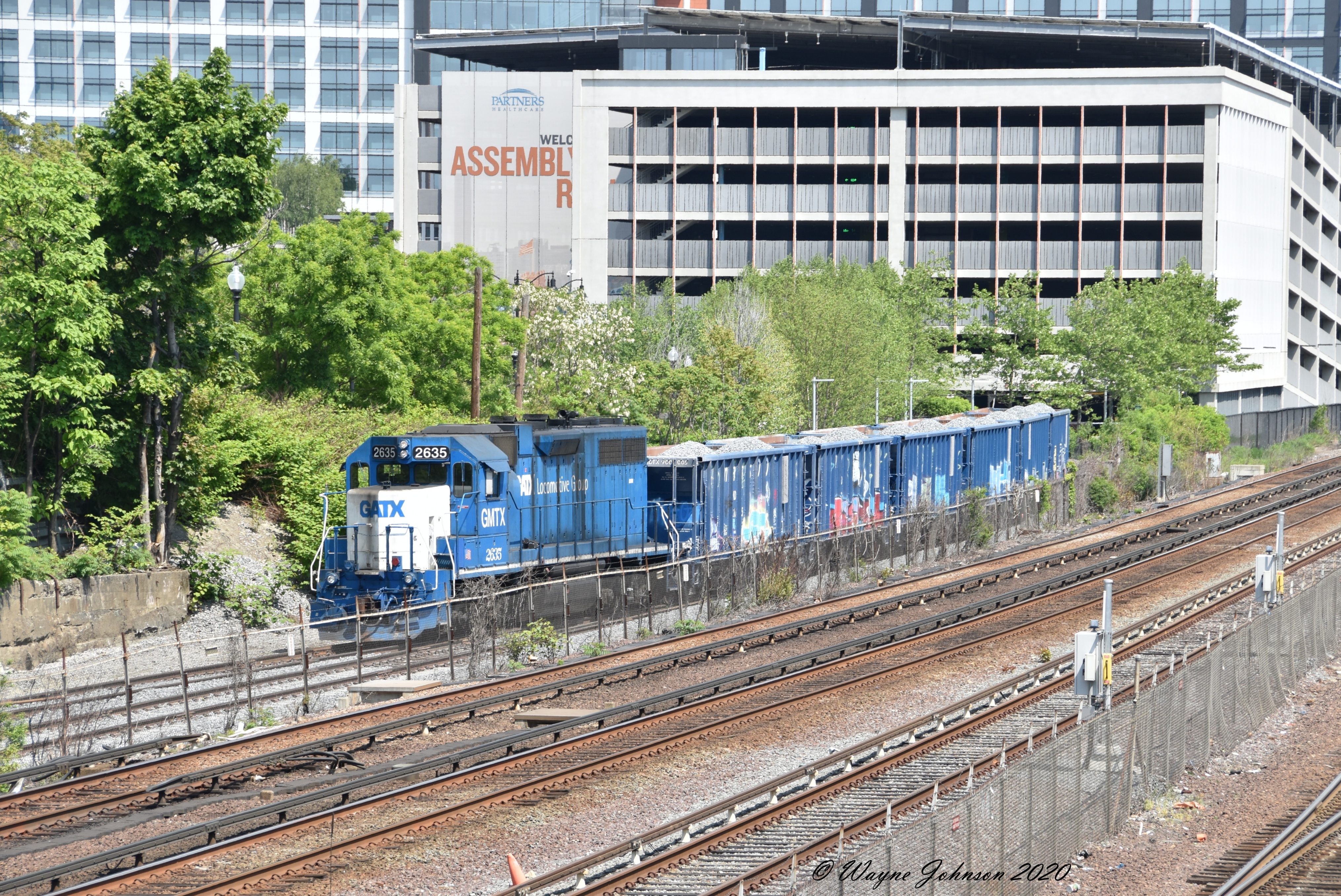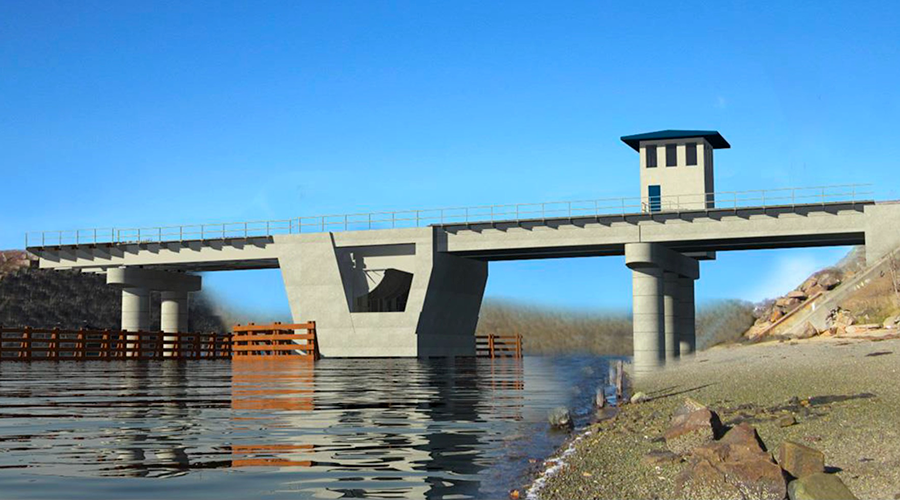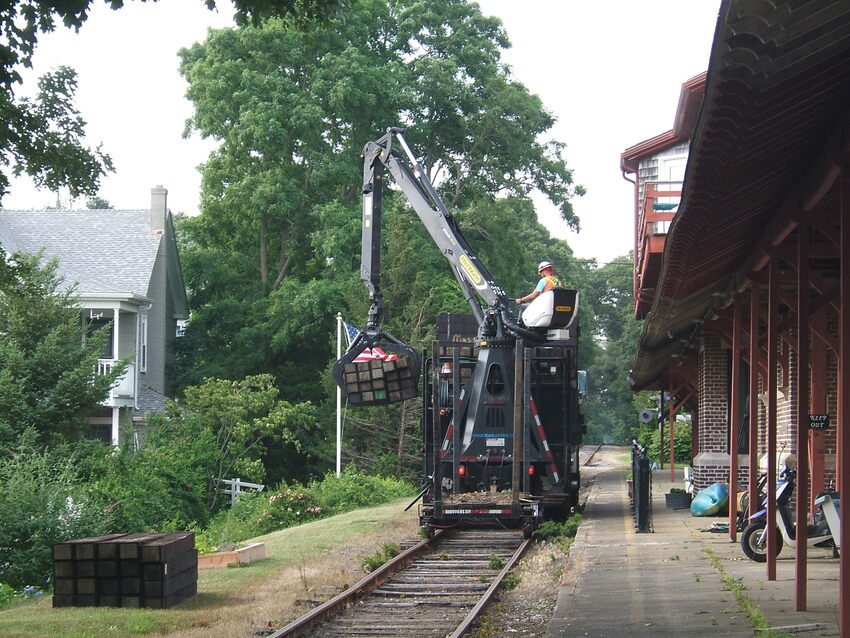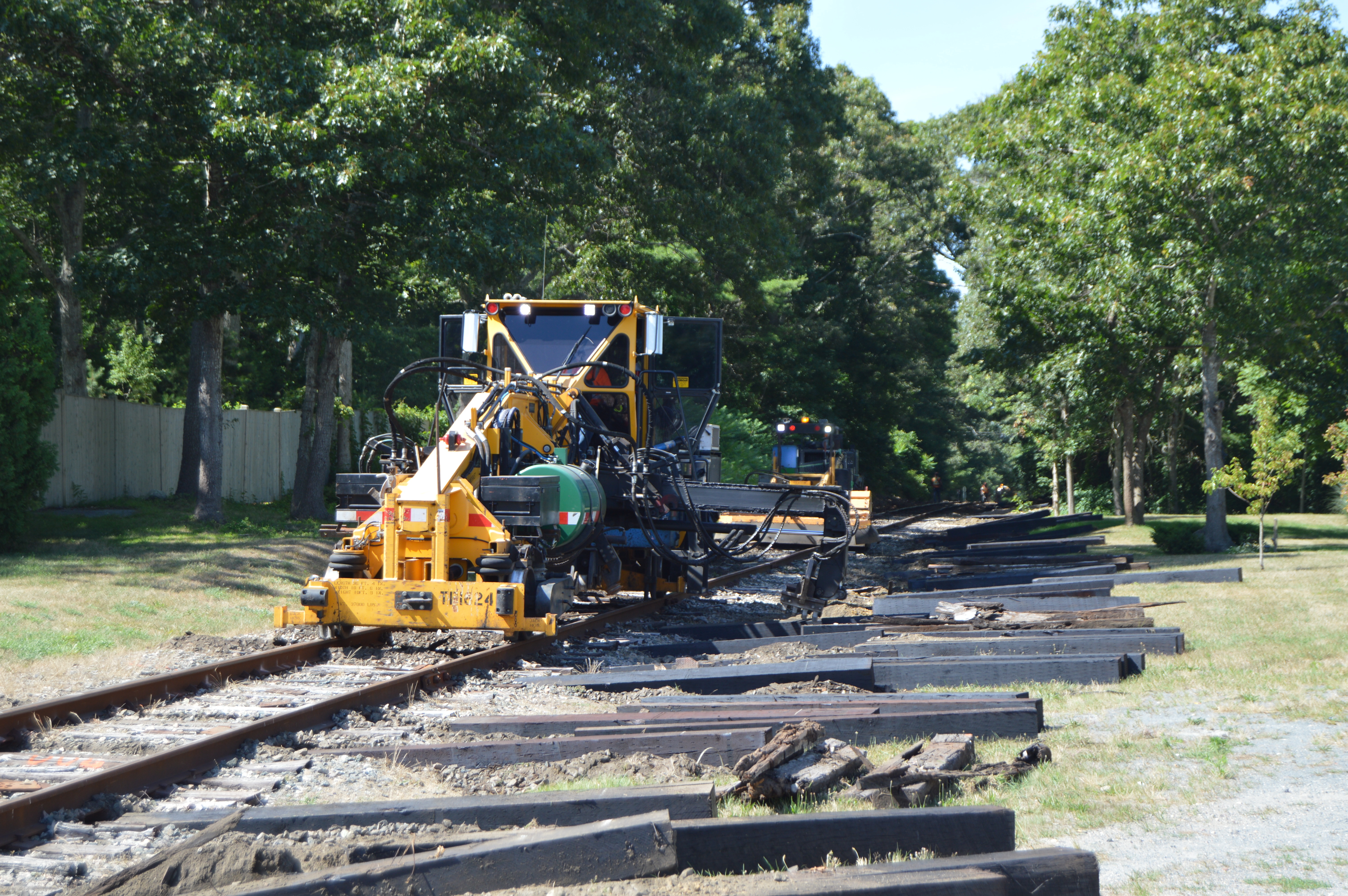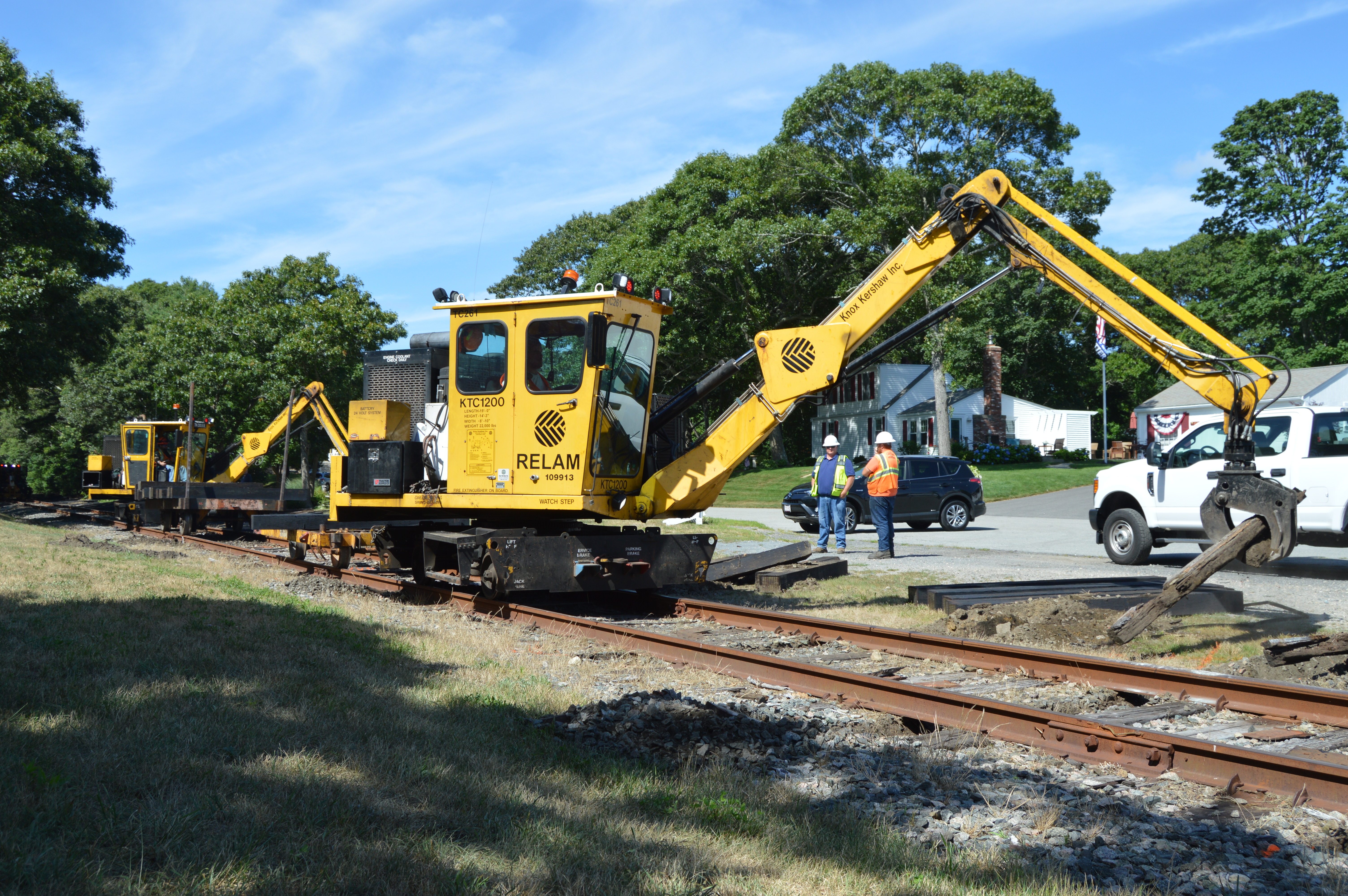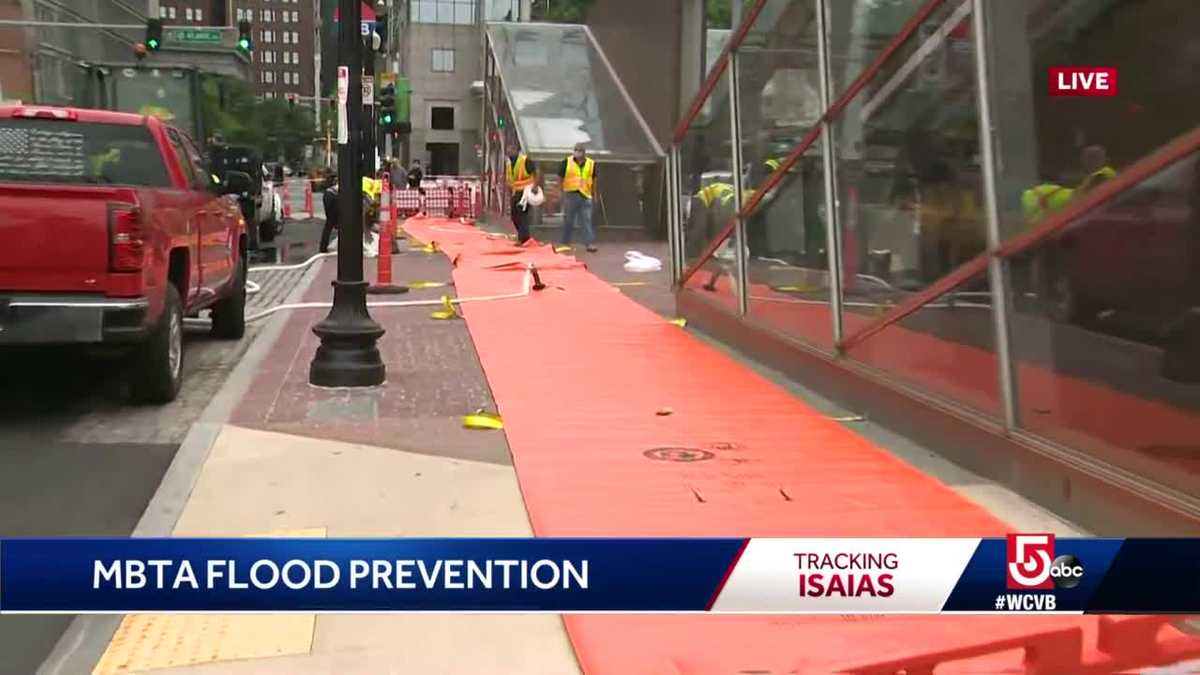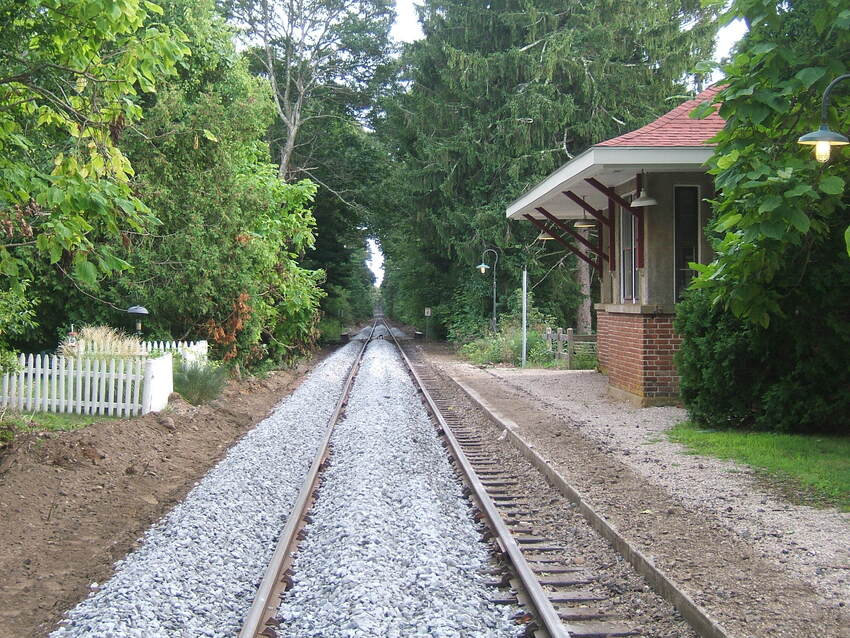F-Line to Dudley
Senior Member
- Joined
- Nov 2, 2010
- Messages
- 9,555
- Reaction score
- 10,434
Hmm makes sense. I was wondering too because this bridge is from I believe 1909. In another 110 years I could imagine needing 2 tracks for worcester regular service, and the other 2 for a more rapid indigo emu type deal on the ROW out to Framingham. They could do a full EMU conversion out to worcester and use the 3rd track for freight/passing but idk it just doesnt seem good to downgrade something that could be around for a century on a ROW like this, but in all reality 3 tracks can be made to work pretty fine, in 100 years the mbta will probably still be broke, and faster speeds is hopefully worth it. Ill take your word for it.
Keep in mind, the quad-track B&A grading is a relic from the days when signaling was unidirectional-only. While automatic block signaling has been around since the Civil War, until the first few decades of 20th century it was cumbersome as hell to run "wrong-rail" and automatic crossovers were an extremely expensive proposition (requiring complicated pneumatic machinery in the days before electric switch motors got simplified). So to run any sort of heavy layered freight schedule + pax local schedule + pax intercity schedule you simply segregated the traffic outright 2 "lanes" per direction. Every single mainline out of Boston used to be quad--NEC, B&A, Western, Eastern, NH Main, Old Colony--until its first major junction because of that. And it wasn't because the traffic was so heavy that it was saturating 4 tracks, but rather that meets were so hard to stage without having a whole army of human switch tenders out in the field that they just fattened each ROW out brute-force by default rather than attempt to squeeze any meet/overtake density out of the works. What you ended up with were 4 one-way tracks that weren't anywhere close to utilized to their native capacity, even during the historical peaks for traffic density.
Today's bi-directional running where either track can run either direction equally and well-spaced automatic crossovers handle meets/overtakes, lets 2 efficiency-minded tracks carry the same or more traffic as the 4 unidirectional tracks of old. Most lines that are tri-track today are ones that used to be 5+ tracks back in the day. And the only places in the world you really see quad-track are 1) where there's a very large speed differential between the express trains and the local trains making timing of crossover meets harder, such as a mixed HSR + commuter corridor, or 2) truly nutty-density outliers like the New Haven Line where both the local and express tracks have traffic running up against the taillights all day (New Haven is right now at historical peak traffic levels) making it de facto single-file. Plans to quad-track the NEC in Providence Line territory slot firmly into category #1, as it's 150 MPH HSR territory co-mingled with commuter locals that on an EMU won't top 80-90 MPH because of stop spacing. There is no precedent for #2 in the U.S. beyond the New Haven Line (west-of-Stamford in particular) and City Zone LIRR feeding into Jamaica transfer.
So for the B&A the most you will ever ever need is 3 tracks...and of course the Pike squeezes that out inside 128 so you're simply loading up on future crossover density in Allston/Newton to support the layer cake of Urban Rail, RUR, Worcester super-expresses, and Amtrak Inlands. The fastest Amtrak non-stops in MBTA territory probably aren't going much more than 90+ after curve-straightening; it can be curve-eased into "pretty fast" corridor through MetroWest but nothing like the NEC straightaway from Sharon to the RI state line. So the speed differential isn't humongously large for express vs. local. Then the fact that MetroWest not even 100 years from now will ever approach the abutting density of the New Haven Line and you're pretty much set for life at tri-track spacing.
Last edited:

